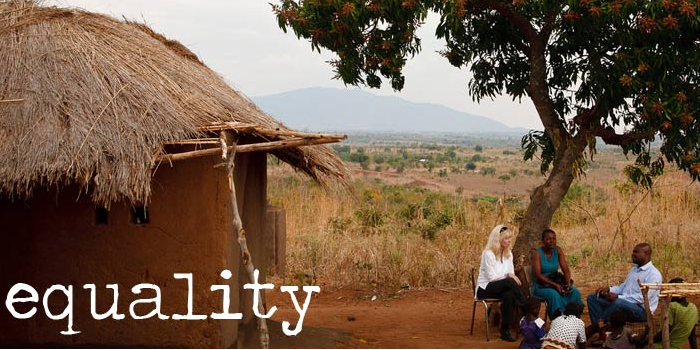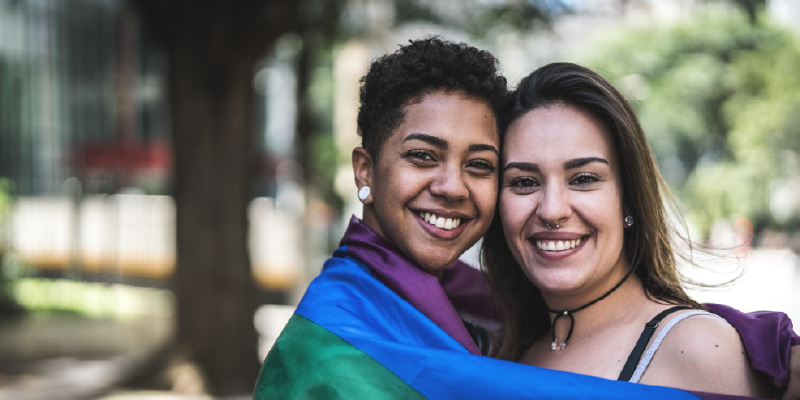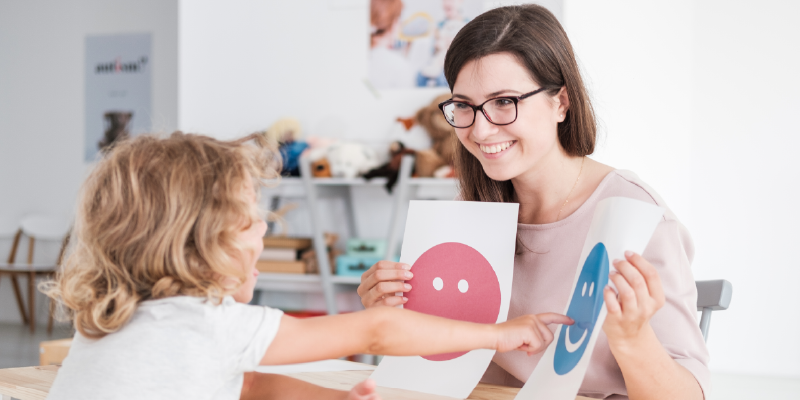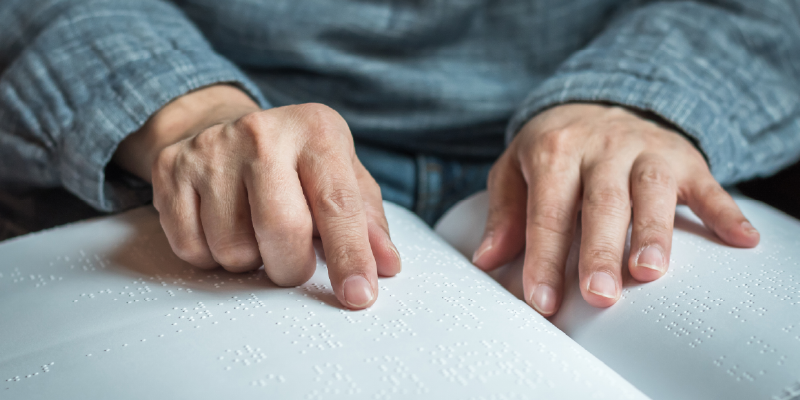This post was provided by Fiona Sampson, founder of The Equality Effect, as part of the Ashoka Canada Fellows: Social Innovation Demystified series.
The Equality Effect
Discovering the Issue
Girls as young as 3 months are raped in Kenya, and laws intended to protect girls from rape are not enforced by the police. This kind of systemic discrimination demands urgent attention – the equality effect uses human rights law to hold states accountable for their failures to comply with human rights guarantees intended to protect and promote the security and well being of girls and women.
Creating Systemic Human Rights Change
Founding and building the equality effect, an international human rights organization that uses the law to make girls/women’s rights real, has provided an exhilarating and rewarding opportunity to create change. Creating teams of human rights volunteers, lawyers, social workers, film makers, journalists, philanthropists, artists, etc., the equality effect works collaboratively to undertake test case litigation, public legal education, and law reform, to hold states accountable for their failure to protect the human rights of girls and women. The equality effect works in Kenya, Ghana and Malawi, where girls and women experience horrific human rights abuses.

Source of Inspiration
As a young girl with a congenital physical disability resulting from the drug thalidomide, I developed early on an affinity for other disadvantaged persons. I identified the law as an effective tool to help achieve social justice. Human rights law provides a mechanism through which concrete change can be achieved by holding those who violate human rights accountable. How the law was used, in combination with public education and activism, as part of the civil rights movement in the United States provided inspiration for a model that could be applied to advance girls and women’s human rights.
Making Legal History and Creating Lasting Change
Using the law to achieve concrete change is an innovative and unique way to help ensure that girls and women are protected from sexual violence, and provided the educational and economic opportunities they are entitled to receive.
The equality effect works to make girls/women’s rights real, and our “160 Girls” project is an example of how the law can be used to achieve change. The “160Girls” Constitutional test case litigation achieved access to justice for the girls that inspired the case, all victims of rape between the ages of 3-17, and legal protection from rape for all 10,000,000 girls in Kenya.
The Kenyan police have requested that the equality effect provide them with training in the “160 Girls” decision, and international best practices for rape investigations over the period of a year – this is an unprecedented request. Through this ground breaking work the equality effect is working with international police experts, and pro bono partners such as BBDO Advertising, to develop unique components of the training such as a phone app to assist with police investigations. The equality effect is also undertaking public legal education to ensure that local communities understand the girls’ rights and police obligations flowing from the “160 Girls” decision.
The equality effect’s work with lawyers, police, girls and local communities, using the law to ensure that girls are valued and protected is not a quick fix; it is long term work, and it is expensive work, but it will result in long term, concrete change. Three-time Amnesty International award-winner and author Sally Armstrong describes the equality effect:
“Once, in a very long while, maybe once in a lifetime, you get to witness a story that shifts the way an entire country or continent sees itself. The process of change is usually daring, certainly time-consuming, invariably costly, occasionally heart-breaking, and eventually an exercise so rewarding that it is the stuff of legends; this is the story of the equality effect.”
The equality effect uses human rights law to make the rights of girls and women real, so that they can be safe from sexual violence, get an education, and fulfill their economic potential. To learn more about the equality effect visit their charity profile page >>
Related Articles
Ashoka Fellows: Social Innovation Demystified. Read Now>>
Empowering First Nation Youth with Mobile Film and Music Training Studio. Read Now>>
The Reading Revolution. Read Now>>
Photo credit: “Equality” and “Change” by Jacquie Labatt. Photo of Masai women by Mark Hodnett.
Updated on October 31, 2024
Donate Now





